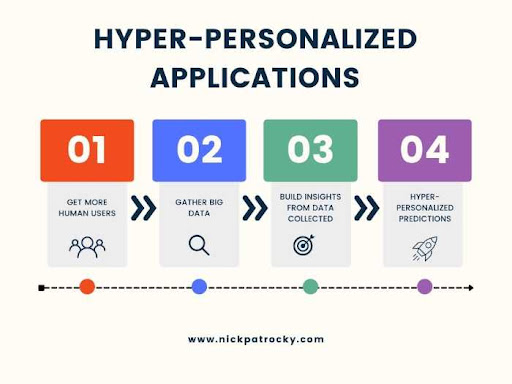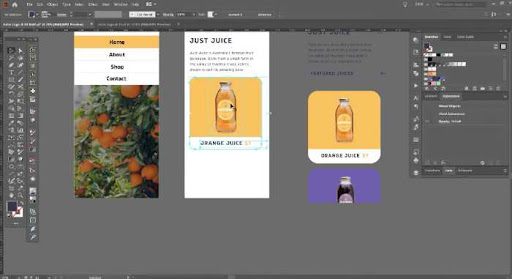
How AI annotation of text and images is changing the field of UX and UI, and how you can use these tools to improve your work.
AI annotation is changing the future of user experience (UX) and user interface (UI) design.
With AI annotation, we can now annotate images, videos, and audio more accurately than ever before.
This allows us to create better UX/UI designs to make our lives easier.
Impact of AI on UX

Automation of Tasks
With AI and predictive analysis assisting designers and developers in creating a client-focused design, the UX is drastically different.
Tasks that need to be completed by a human (like data labeling) can now be automated by machines, resulting in increased efficiency and faster turnaround times.
More Focus on Customer Retention
UX has always been about providing the best possible experience to customers, so they continue using your product or service.
With AI, we can take this a step further by understanding the customer’s needs and wants on a deeper level. We can directly annotate their uploaded media to better understand the customer.
Using AI to study customer behavior, we can learn how to keep them happy and engaged for longer.
Hyper-Personalized Applications
For UX designers to design an application that users can’t live without, they need to understand the demands of their clients.
This means they have to consistently collect countless points of raw data from their customers which can often overwhelm design teams.
With AI, we can now collect and process this data faster and more efficiently. This allows us to create highly personalized applications for each user.

Hasten Usability Testing Process
When testing the usability of a product, designers need to consider the different ways users might interact with it. This can be a time-consuming and costly process.
AI can now help us create simulations of how users might interact with a product.
These simulations will allow us to test the usability of a product much faster and at a fraction of the cost.
Impact of AI on UI

UI is the way applications are presented to their users. It’s how someone controls a device’s software or hardware.
A UI designer aims to make any website or application easy to use and aesthetically pleasing.
To accomplish this, designers are expected to collect and analyze as much data as they can from their users and make beneficial improvements to layout, controls, or features.
The problem is that based on the vast amount of data processing they need, some of them may overlook important details that can hurt the UX.
That is where AI annotation comes in. With its predictive analysis, AI can help UI designers make better decisions on what changes they need to make to improve their UI.
By using AI to understand the user’s needs, we can create interfaces that are easy to use and highly personalized.
Thin User Interface
With the help of AI annotation, we can now create a “thin user interface.”
A thin user interface is an interface that requires very little input from the user. In other words, it is an interface you control with your voice or your eyes.
Look at a a thin user interface like Amazon Alexa, for example. With the Amazon Echo, you can say, “Alexa, show me pictures from my trip,” and it will do just that. Using AI, it can tell which pictures you want to see in context.
AI annotation makes the thin user interface possible, benefiting the users of any application, web-based tool, or software by making tasks more convenient.
Reduced Cognitive Load
Cognitive load is the mental effort required to process and understand information.
AI significantly reduces the cognitive load on users, making it easier for them to process and understand information.
For example, imagine having to guess where to check your messages every time you log into an app. AI today already knows where to place your messages for easy access.
It already knows layouts that will make the apps and web applications feel familiar to new users. It has been made possible by feeding years of past data to the design algorithms.
Thanks to AI you can say goodbye to confusing displays and inconsistencies in the design.
This is especially important in UX and UI, where designers need to consider the user’s cognitive abilities when designing interfaces.
The Future of UX and UI Testing
In the past, UX and UI testing was a necessary evil. It was time-consuming and often expensive.
However, with the help of AI, we can now create simulations of how users might interact with a product.
This will allow us to test the usability of a product much faster and at a fraction of the cost.
It won’t replace human testing and feedback altogether, but it’ll help.
Contact us for help with improving UX and UI with the best annotation services.


